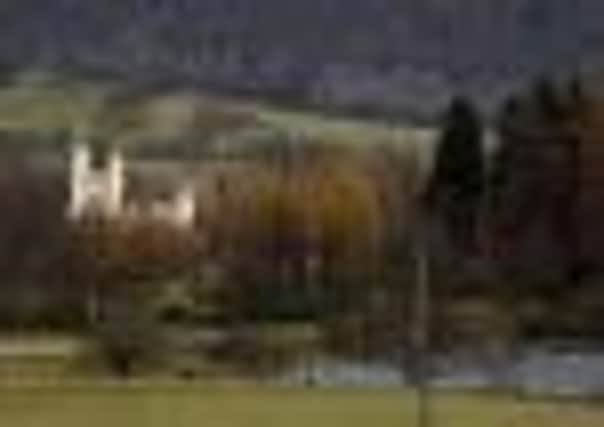Balmoral website blind to Scottish Gaelic


For while Afrikaans, Albanian, Basque, Esperanto, Galician, Haitian Creole, Kannada*, Lao, Yiddish, Swahili and even Telugu* are among the 65 languages offered for translation on Balmoral’s new website, a glaring omission is Scottish Gaelic.
Even more galling for Gaels is that Irish Gaelic is offered, as well as Welsh. Chinese visitors even have a choice of simplified or traditional versions of their language. The failure to include the Gaelic is, perhaps, even more surprising given that Prince Charles – whose Birkhall retreat is on the Balmoral estate – is a huge supporter of the native tongue spoken by some 60,000 Scots.
Advertisement
Hide AdBoth Charles, on his own website, and the British Monarchy’s website have Gaelic sections. But Balmoral on Royal Deeside has given the uileann – elbow – to the native tongue, as well as traditional Scots.
Now Highland MSP Rob Gibson, a Gaelic campaigner, has written to Balmoral asking for the omission to be rectified.
“I am extremely disappointed that Gaelic has been left off the list of translations,” said Gibson, who is also convener of Holyrood’s rural affairs, climate change and environment committee. “It is remiss of the Royal Family not to recognise that Gaelic has official language status in Scotland.
“It would be a bonus to have Scots included as well because that is recognised by the European Charter for Regional or Minority Languages.”
The SNP government’s minister for Gaelic, Alasdair Allan said: “I’m sure this is an oversight. Buckingham Palace and other royal websites have included Gaelic. Perhaps Balmoral would want to consider doing the same?”
Ironically, the Balmoral estate contains many Gaelic place names. Among the cottages it rents out to the public are Garbh Allt Shiel and Alltnaguibhsaich Lodge.
Advertisement
Hide AdPrince William used Tam-na-Ghar on the estate to woo Kate Middleton on breaks from St Andrews University, where they were students.
The website was designed by Amber Computing and IT Services, based in Ballater, which referred all inquiries to Balmoral.
A spokesman for Balmoral failed to return calls.
Advertisement
Hide AdAccording to the University of Aberdeen’s Celtic and Gaelic Studies Department, the last native speaker of Aberdeenshire Gaelic was Jean Bain of Braemar, who died in 1984.
“Although often overlooked, parts of the North-East were in the Gaelic-speaking Gàidhealtachd, latterly in the parishes of Upper Deeside,” says the department.
In 2010 Prince Charles stepped into the argument over the use of Gaelic in Caithness, when he addressed the Royal National Mod in Thurso and questioned suggestions Gaelic had no direct relevance to Caithness.
He said: “The suggestion has been made that the language has little, or no, direct relevance in this part of the world. If I may, I might just gently question that view.
“I would suggest Gaelic, like any other language or culture, belong to all the people and communities of a nation whether they or not they actively involved with it.”
Charles, Prince of Wales – who is known as the Duke of Rothesay in Scotland – is such a strong supporter on the language that eight years ago he started publishing his entire annual report in Gaelic.
Advertisement
Hide AdHe also learned some of the tongue to introduce a Scottish Television programme based on his children’s tale, inspired by a mountain near Balmoral, called The Old Man of Lochnagar.
*Buaireas most often translates as trouble or strife.
*Kannada and Telegu are both regional languages from India.